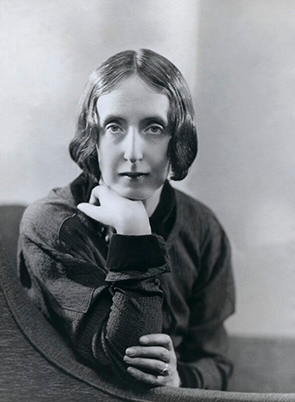Dead Man’s Quarry is the second and last mystery novel Ianthe Jerrold published under her own name. She wrote a number of non-mystery novels, and then, in 1940 wrote another mystery (Let Him Lie) under the name Geraldine Bridgman. Then in 1948, again under the Bridgman pseudonym, she wrote a spy thriller call There May be Danger. Like her previous mystery, The Studio Crime, Dead Man’s Quarry is a very good, very well put together, classic mystery. It really is a pity that we are limited to only two books featuring the amateur detective John Christmas because he makes an excellent detective.
Unlike The Studio Crime, which is firmly located in London, Dead Man's Quarry is set in the country, in Herefordshire near the Welsh border. Christmas is not working with his detective friend here. He is firmly on his own and doesn’t work with the local police. He does, at least, have his cousin with him, Sydenham Rampson, who made a brief appearance in The Studio Crime, doing some scientific analysis for Christmas. He has a bigger role this time, being a sounding board and general voice of reason to the more excitable Christmas. And like his counterpart in The Studio Crime, Rampson has no interest in playing Watson. But despite his constant threats to return to London, he does hang around to assist Christmas when he is needed.
Christmas and Rampson are on holiday, driving around the countryside, when they encounter a cycling party. One of the cycling group has separated from the group when he stopped to fix a puncture. The party is a bit concerned with why he hasn’t caught up. Not a lot concerned, as he’s an adult and they assume he’s ducked off for a quick drink and will join up with them later. So they are all understandably upset when his body turns up the next morning at the bottom of a quarry. Or are they all upset? After all, the dead man has only recently returned from living most of his adult life in Canada, and very few people actually know him. The cycling party and their immediate family and servants are the most likely suspects in his murder. Much to Rampson’s displeasure, Christmas feels compelled to investigate.
Everything seems inexplicable at first and Christmas is left with a large collection of disparate facts, none of which seem to fit anywhere. Rampson very sensibly has an answer for this – they don’t fit because they aren’t relevant to the case. When the solution is finally revealed, it turns out to be a very clever crime with a most unexpected outcome. I was impressed at how well all the elements of the story along with the clues and seemingly disparate facts, do fit together. This is a very clever mystery as well as just being a plain entertaining story to read.
As with many other Golden Age mysteries, the pace is fairly slow. There is very little action, except for a car chase near the end: a very sedate car chase at that. But these books don’t need a lot of action. Their appeal lies in the atmosphere of the age and in the descriptions of the people and the landscape that make the story so enjoyable. Jerrold’s characters are realistic and human, and perfect for the age. They mostly fit into traditional moulds (as shown by the snobbish way most of the characters react to the uncouth Charles who is shown to not fit well into his new role as local Baronet after living for many years in the Colonies), but with a few twists that reflect the changes occurring in the world of the late 1920s to early 1930s England (like Nora, the doctor's daughter who is love with Felix, Charles’s cousin, who in turn is smitten by her friend Isabel: Nora is at art school and has recently sold two works, “to a young artist, there is nothing like professional success for putting love in its proper place.” Nora is not some wilting damsel who will pine away from unrequited love).
Overall, this was a highly enjoyable Golden Age mystery and I think one that fans of the genre would appreciate. I’m only sorry that Jerrold didn’t continue writing more mysteries.
 RSS Feed
RSS Feed Facebook
Facebook Instagram
Instagram YouTube
YouTube Subscribe to our Newsletter
Subscribe to our Newsletter




Comments
No one has commented yet. Be the first!